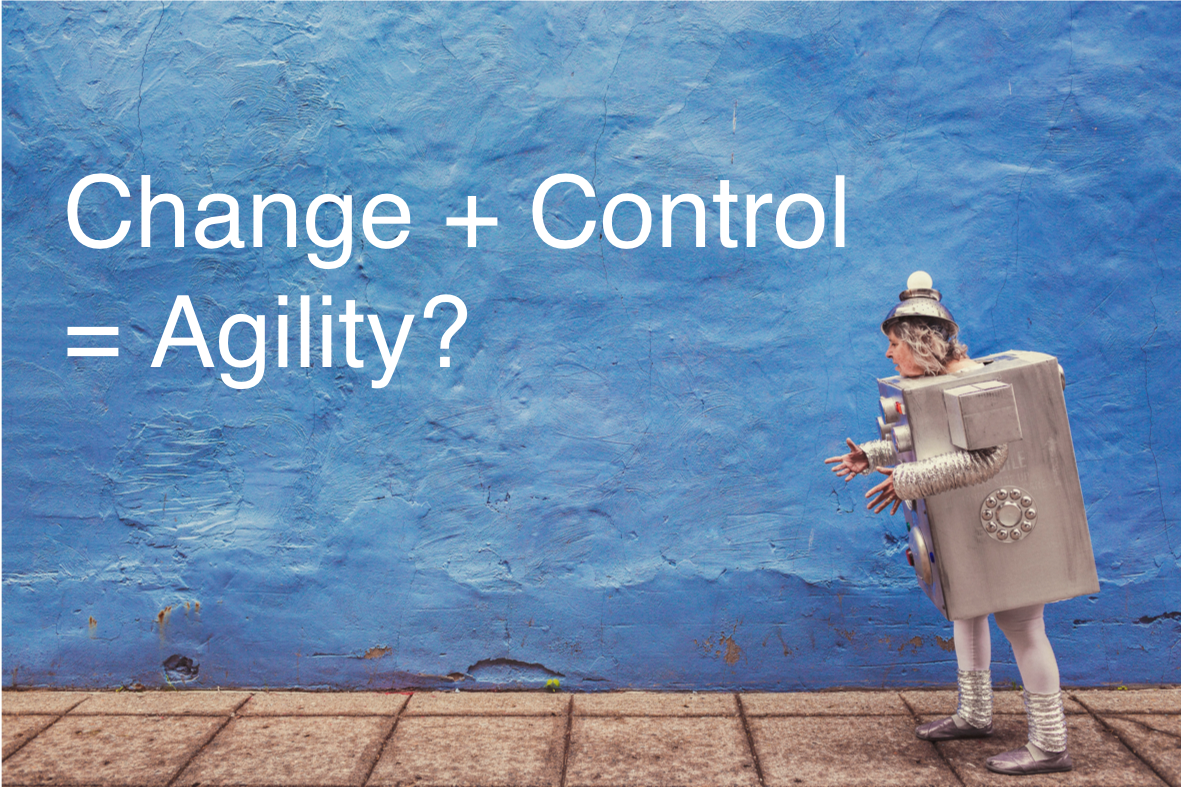„Anti-Fragility“ in Change
Wouldn’t it be fantastic if we could not only survive each crisis but would get even better and better? Sure. The only problem is the fragility of our systems in combination with the „family“ of disorder: Uncertainty, volatility, the unknown, variability (see Taleb, 2012: 13).
Thus, Change Management practitioners and consultants always try to gain control throughout a change process. A merger, a major downsizing or restructuring project, an introduction of new working methods… they all cause stress and are not quite foreseeable in its failure and success. Horror for us planning and control freaks! We (and I include myself) develop theories, models, and „tools“ in order to predict the future and being able to determine the „right“ kind of actions in order to cause the desired effect.
Reading the book of Nassim Nicholas Taleb: Anti-fragile – Things that gain from disorder (2012) I had to smile from his what Matthias Horx (german future researcher) calls a „rap“ of ideas. He seems to be making fun of modern society trying to build robust systems by optimizing our efficiency, centralizing, conducting directed research, growing large and larger, analyzing risks with statistical methods, establishing „rules“, thinking „true and false“, and hating mistakes because if they happen in these fragile systems they cause immense damage.
The philosophical adventure of „anti-fragility“ (meaning getting better through disorder) – makes a point and changes the perspective of what change management can or should be. Change managers should be agents for anti-fragility in their organizations!
The question is: HOW?
Do a stakeholder analysis and set up a project plan? Define a communication strategy, target groups and messages? Definitely. But we already have tons of methods and advice. The question of the action-oriented „how-to-change“ is falling short again of substantial effectiveness by reducing change management to methods and tools. So again: Why does change still fail? In my experience, there are a lot of organizational principles in order to foster agility and learning and build an anti-fragile organization. But there is one key obstacle it starts with: Our way of perceiving, thinking and believing and our habit NOT TO QUESTION it in order to gain some sense of security and control.
The „Change of change“ problem. 
Let’s think about the last change process we experienced: Wasn’t there is a concrete goal to be achieved at the end of the change procress, e.g. to integrate an akquisition, reduce cost and use synergies? Wasn’t there a plan? Communication? Participation? Sure. Because goals and plans, communication and participation are important, so we learned. And while we struggle with stubborn employees who just don’t get it, we don’t realize that we are creating a fragile and very vulnerable system – a story of „right“ or „wrong“, a one-way-street with no exit except the total failure. This „tunnel-vision“ of our change processes causes unflexibility, holding on to a fix idea (let us just take a moment and keep a minute’s silence thinking of big announced mergers that failed so greatly)… It means losing surround sight by not questioning the change itself as we gradually learn about it. What is participation for when we don’t want to hear that we are on the wrong track? What are steering committees for when they don’t stop losses because they can’t admit a failure? Learning and acing upon learning is king.
We need to re-think our own view of change, our striving for control and start constantly questioning change and its goals and ways itself. Only in this way we are able to apply tools and methods sanely and support the development of an „anti-fragile“ organization. The constant „change of change“ itself is key for smart and successful adaption.
And because there are no definite truths, I invite you to adapt these hypotheses creatively!
Stay bold and enjoy the ride!
Yours sincerely,
Yamilet Lucia